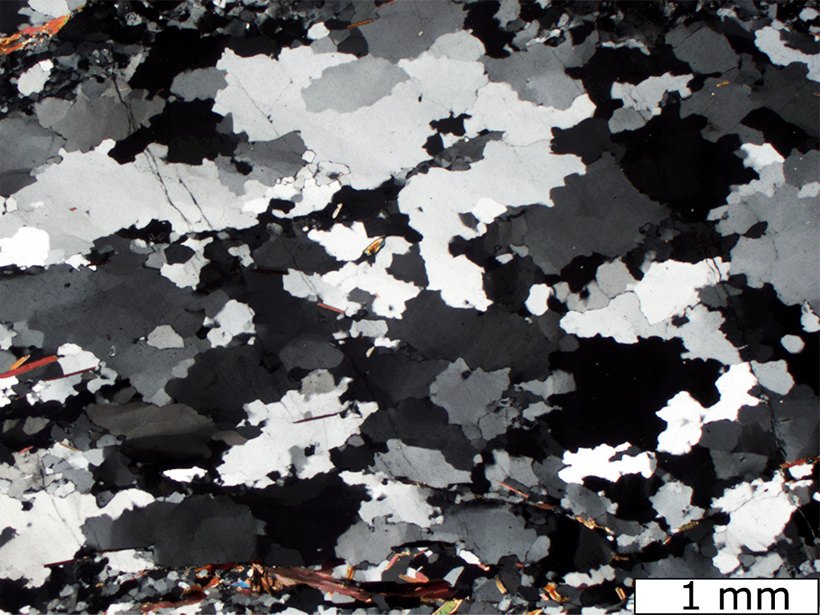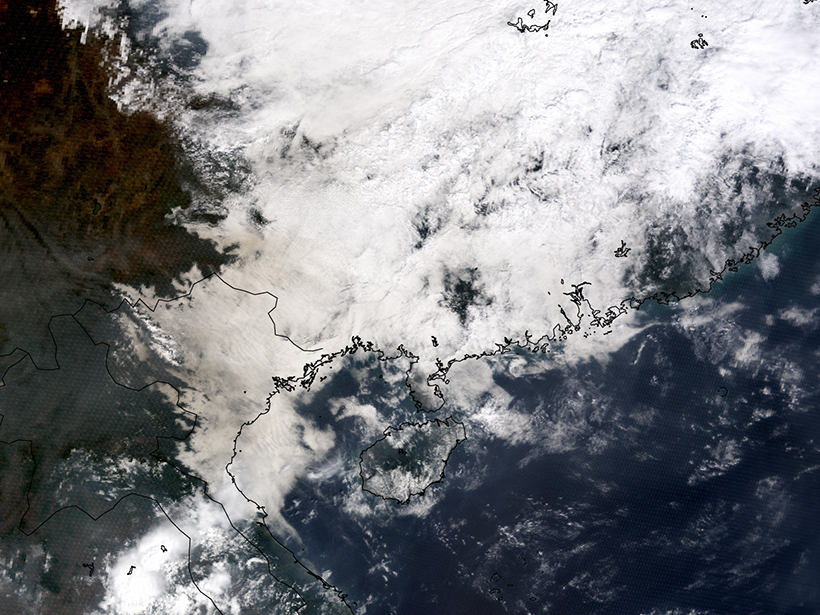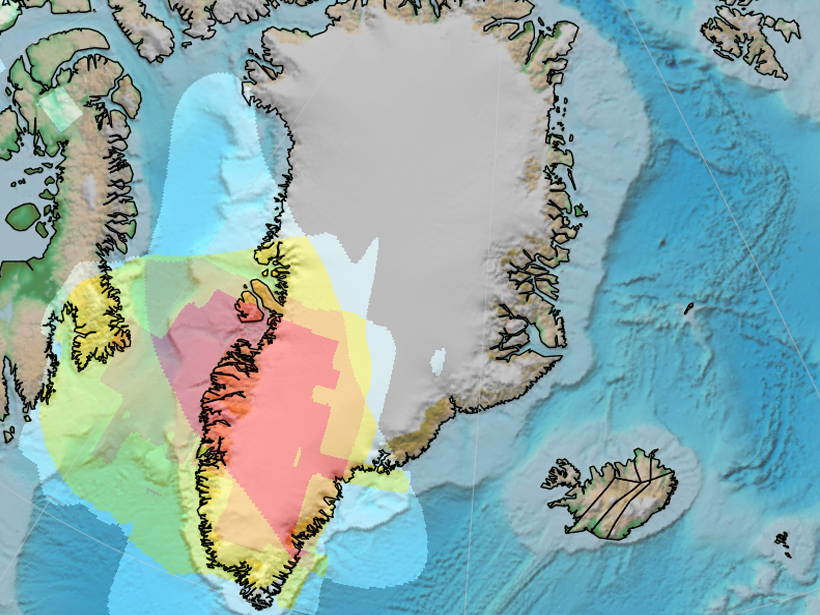A comparison of water content in undeformed and deformed quartz indicates that grains may change shape via weakening processes that cannot be duplicated in laboratory experiments.
Research Spotlights
Research spotlights are plain-language summaries of recent articles published in AGU’s suite of 24 journals.
How Regional Wind Patterns Will Influence Climate Change
Climate change is expected to cause wet regions to get wetter and dry regions to get drier, but new research suggests that the truth is more complicated.
Mysterious "Necklace Echoes" in the Sky Explained
Scientists studying a 50–year–old mystery in the Earth's ionosphere have come up with their best explanation of it yet.
A New View of the Plate Dynamics Behind Earthquakes in Ecuador
Scientists get one step closer to an updated seismic hazard map that could help Ecuador prepare for future tremors.
Measuring Atmospheric Aerosols Despite the Clouds
Researchers devise ways for remote sensors to integrate aerosol content above clouds into current methods of measurement.
How Tropical Cyclones Influence Photosynthesis
A new modeling study gives insight into how tropical cyclones affected ecosystems in the southeastern United States between 2002 and 2012.
Can Solar and Space Physics Students Find Research Careers?
Research shows that 80% of graduate students who received their Ph.D. between 2001 and 2009 continued to publish for at least 3 years, and 60% are still publishing.
Chemical Boosts Ozone Production over Southern China
The presence of nitryl chloride in polluted urban air can enhance the production of ozone by up to 41%, according to a new modeling study constrained by ground-based measurements.
Evidence of an Extinct Ocean Basin Detected Beneath Greenland
An analysis of a seismic and gravity anomaly discovered in the middle mantle sheds new light on ancient oceans, the mantle's evolution, and ancient magmatism in the Arctic.
Pluto's Interactions with the Solar Wind Are Unique
Space physicists say that Pluto's atmosphere interacts with the solar wind in a never-before-seen hybrid way, one that's both comet-like and planet-like.









